GUIDE: WHEN TO SEE POLAR BEARS IN THE WILD
Featured
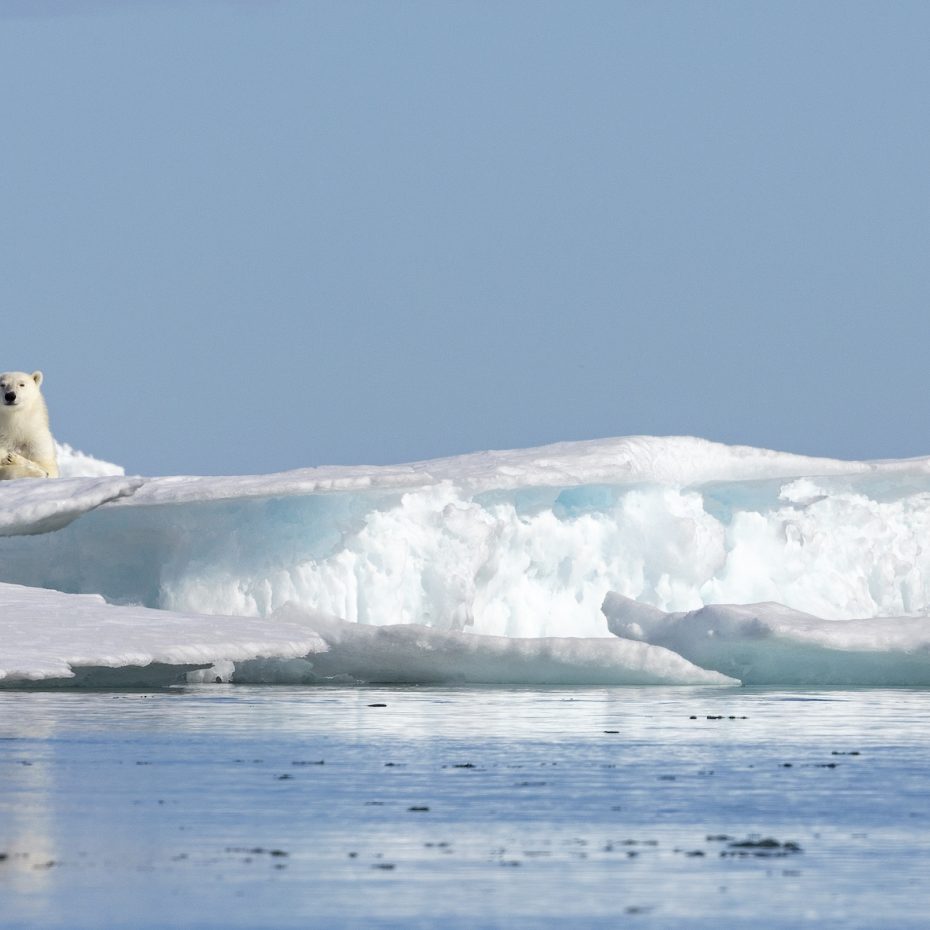
Featured
February 28, 2023 | The Canadian High Arctic
When is the best time to see polar bears?
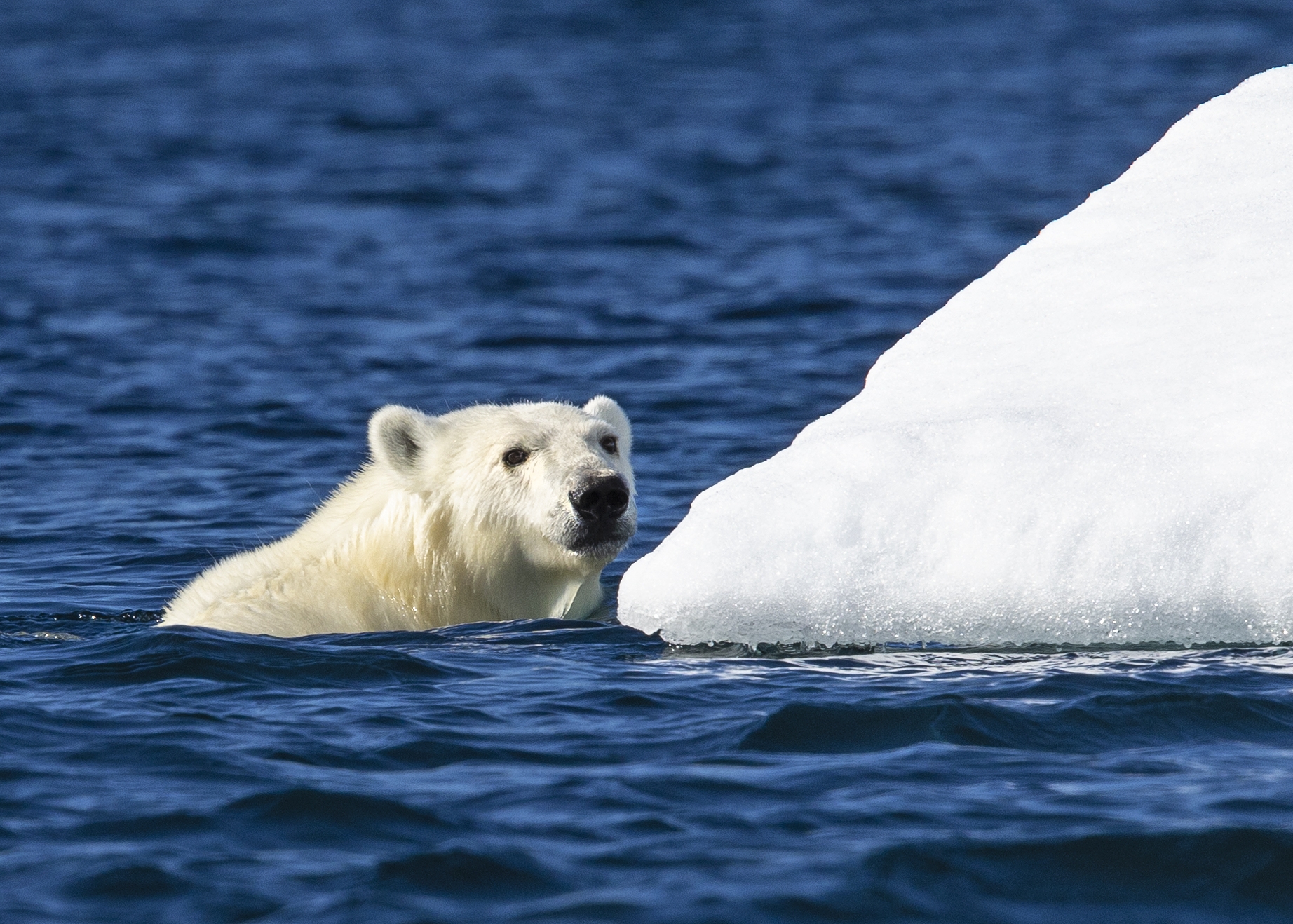
Visitors to Arctic Watch come from all over the world and every background. One of the questions we are asked regularly is: "When is the best time to see polar bears?"
The answer comes down to polar bear sub-populations. In the Canadian High Arctic, where we focus the majority of our expeditions (better wildlife, more remote, unspoiled), the summer months of June, July and August are ideal. Let's start with a basic map of the Canadian Arctic.
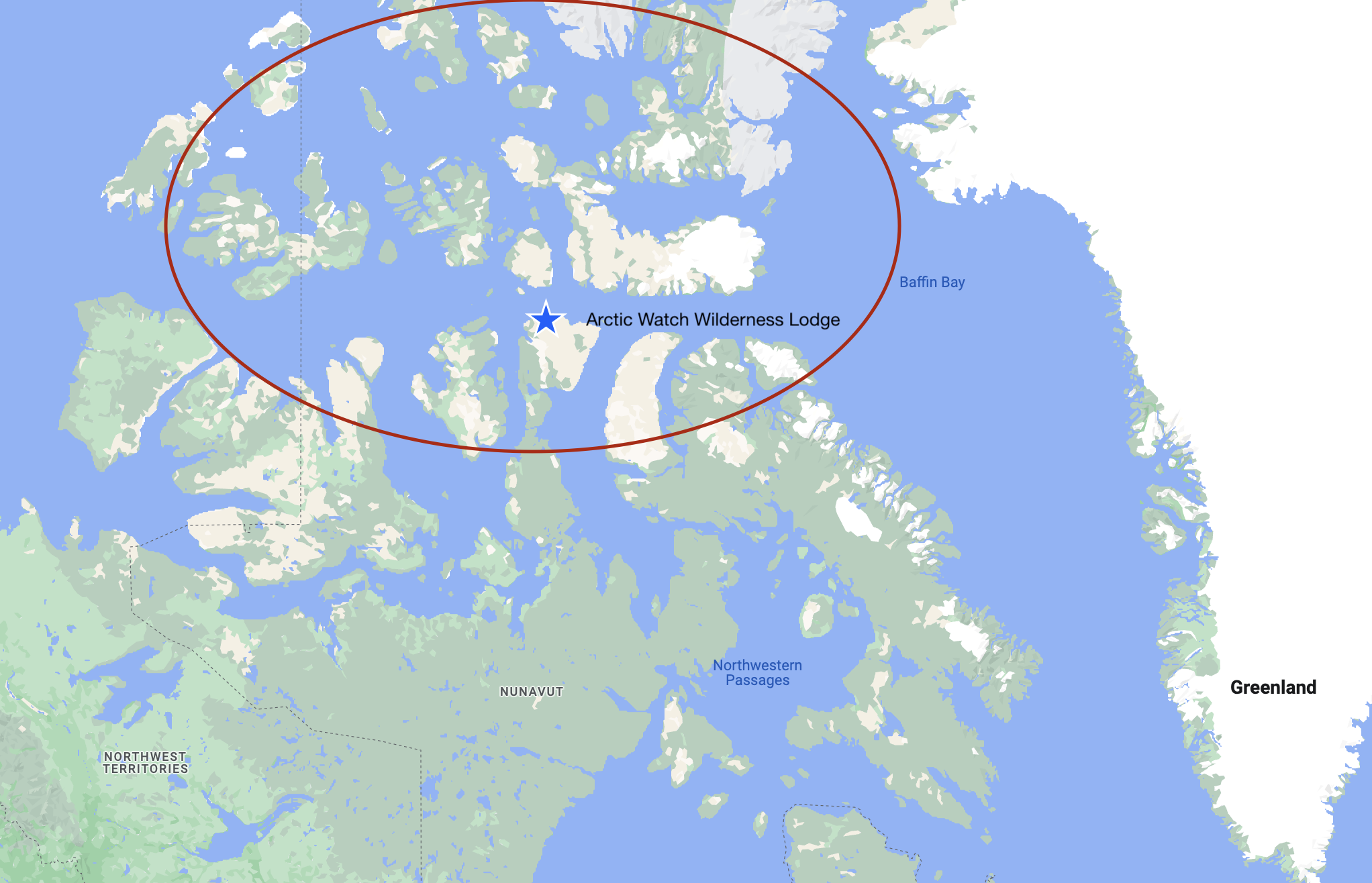
The Canadian High Arctic is a broad term. Generally speaking and for context of this blog, we refer to the High Arctic as being north of the Northwest Passage (inclusive). Our lodge Arctic Watch (situated on the Northwest Passage) is where the Lancaster Sound polar bear population resides. The Lancaster Sound polar bear population is one of the largest (in density) in Nunavut and one of the most important sub populations of the Arctic. The last census was conducted in the 90s and currently, the Government of Nunavut is undertaking a polar bear survey of the region to better understand population density, genetics and habits (2021-23) - particularly with the changing ice conditions in the past 20 years. It is largely accepted through observational scientific work in the past 15 years that the Lancaster Sound Population is one of the few stable and/or increasing populations.
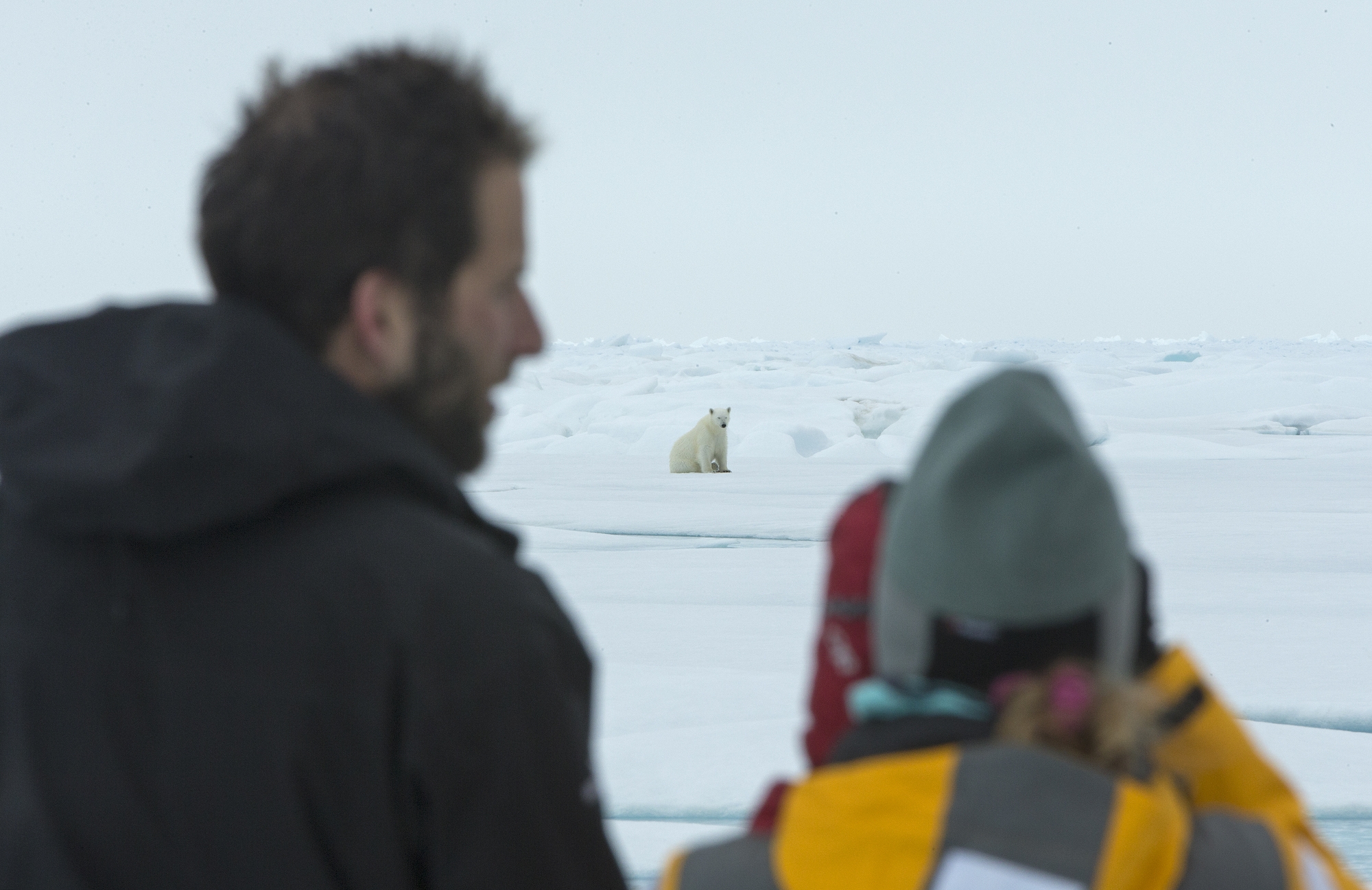
While we would take the stats below with a grain of salt, they're certainly interesting:
For reference (from Peacock & Vongraven 2011):
Barents sea: 2,650 (1,900-3,600:2004), area ~1.69 million km2
Foxe Basin 2,580 (2,100-3,200:2010), area ~1.18 million km2
Lancaster Sound 2,541 (1,759-3,323:1998), area ~0.49 million km2
Davis Strait 2,142 (1,811-2,534:2007), area ~2.62 million km2
Baffin Bay 2,074 (1,544-2,604:1998), area ~ 1.08 million km2
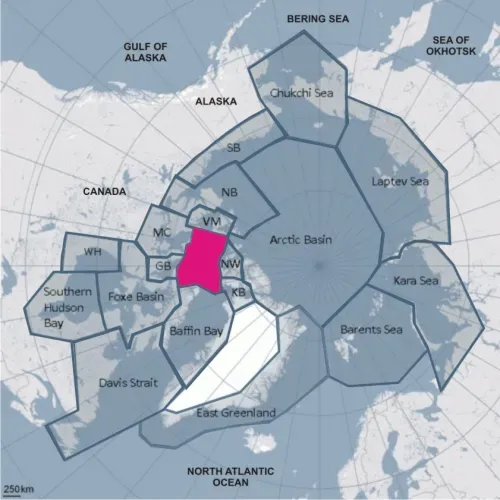
A polar bear will spend the majority of its life cycle on sea ice. Polar bears in the Lancaster Sound have a great big ice platform to hunt seals from about October to early July annually (seal makes up the majority of a polar bear's diet). These bears have a unique life cycle that is closely tied to the changing seasons in the Arctic. The breeding season for polar bears typically occurs between March and May, with females giving birth to one to three cubs in November or December. The cubs stay with their mother for about two and a half years before becoming independent.
In the summer months on the Northwest Passage, the sea ice will retreat for a few months. While it is common to still have floating pack ice, it is not uncommon for polar bears to head to the shoreline of the islands in the Arctic. Mothers and cubs will head further inland to avoid male bears (who similarly to lions, can kill cubs to put females back into estrus/mate).
In the summer months, when access to seals is limited or near-to impossible, bears will fast and scavenge. They are opportunistic hunters that we've even observed grazing on grass in inland tundra or kelp/seaweed on coastal areas. They will ride the ice as it drifts east through the Northwest Passage, get off before they drift into Baffin Bay, and walk back up along the shore. Thus bear are almost always walking east to west.
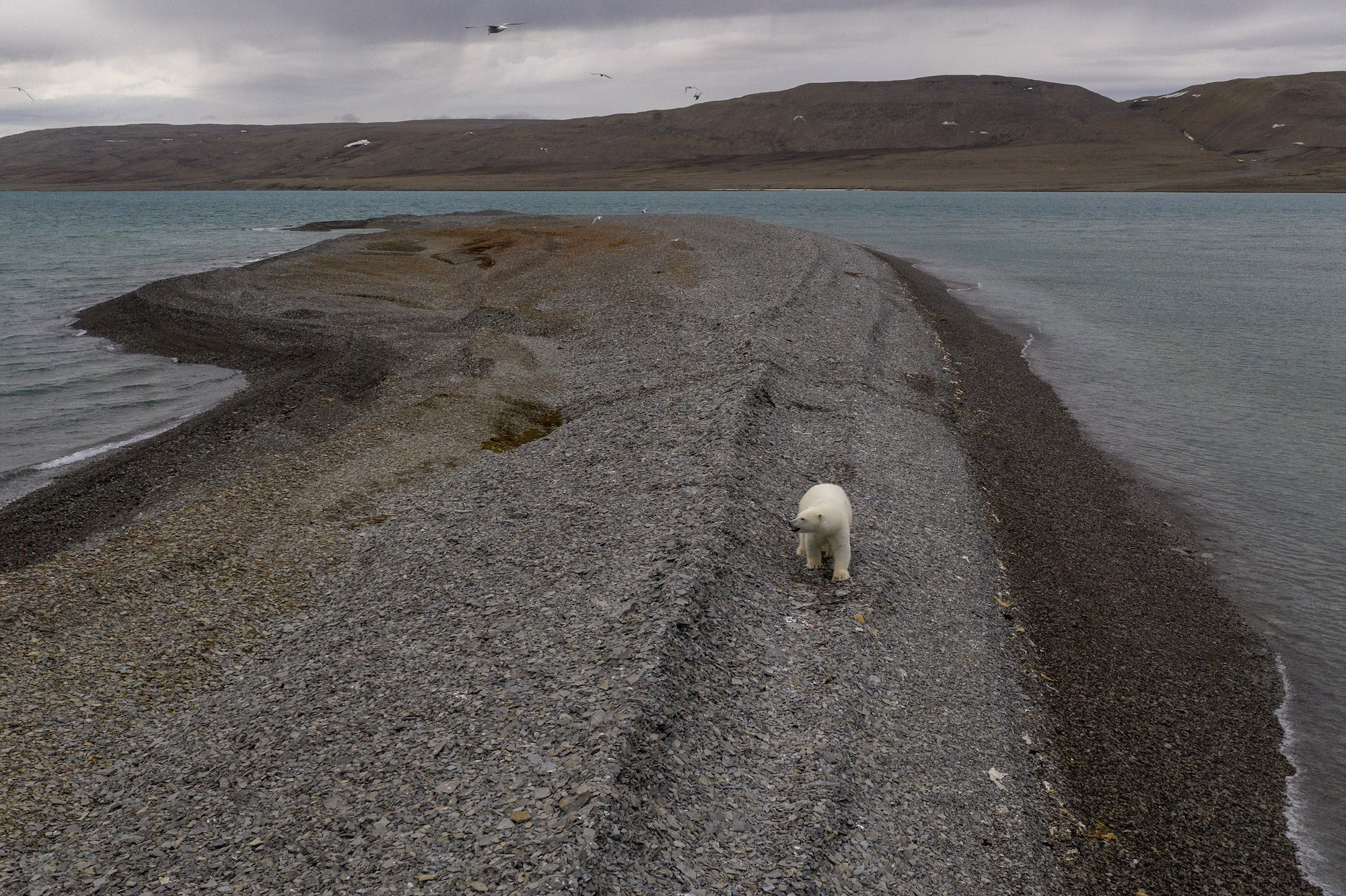
Once the bears polar bears are on land, they have a more concentrated area in which they live. This period is often when we have the highest number of sightings. They tend to patrol the coasts.
At Arctic Watch, we can see polar bears anytime. As a general rule, the ice starts to move out in the first week of July. After that as the pack ice becomes less, we see more bears on shore. By August, the Northwest Passage becomes virtually ice free, especially in these times of climate change.
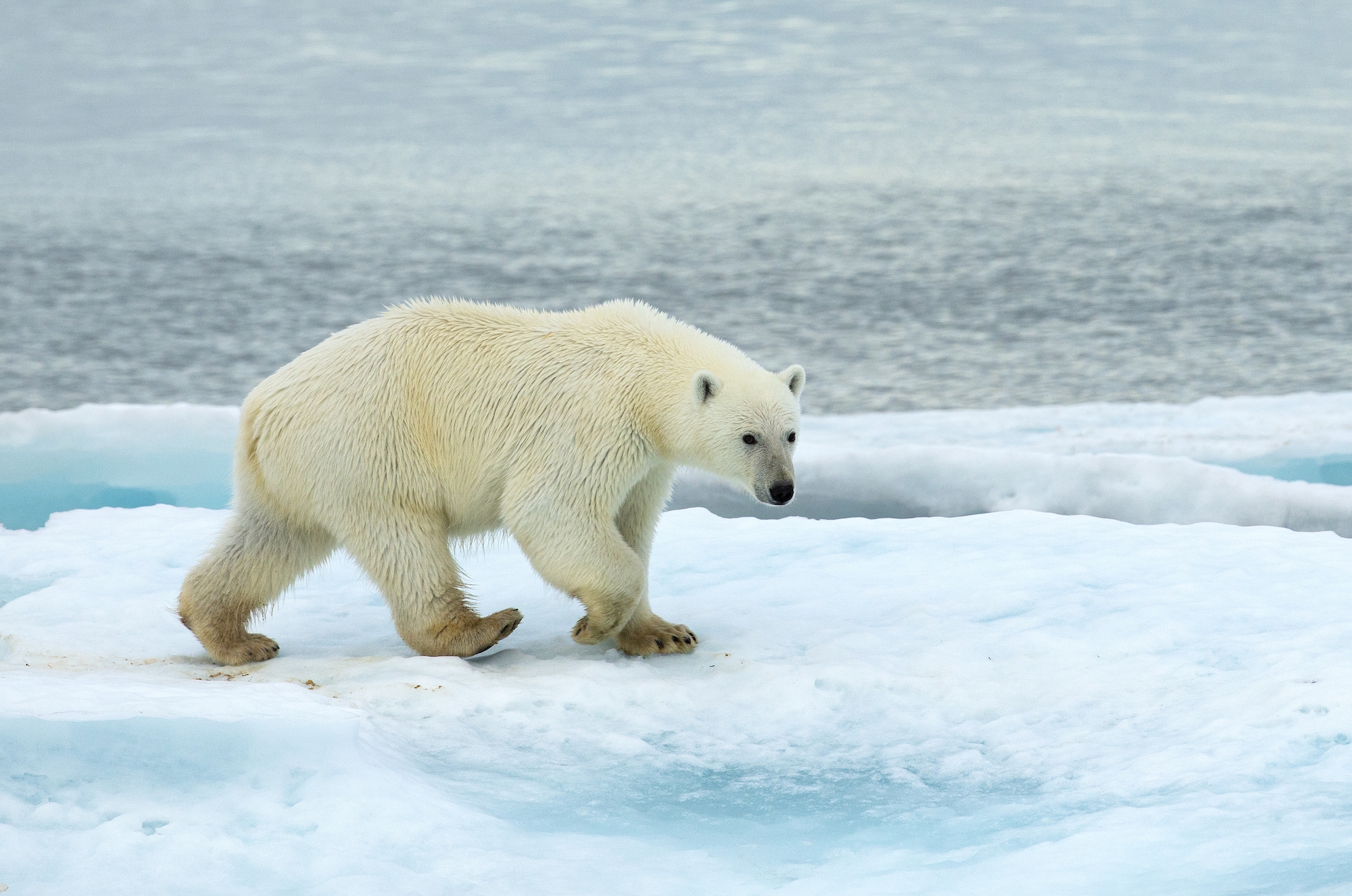
Polar bears can be observed when hiking on foot or by ATV along the shoreline. The distance to which one can observe bears is a question of carefully approaching without disturbing the animals or interfering in their habits. It also varies on personality - females with cubs will take a greater distance than say, large old males. Our guides are careful to take the necessary steps and observe what is taking place. We will often recommend the following lenses for photographing bears:
1 x Medium telephoto: 70mm - 200mm f2.8
1 x Large telephoto: 500mm
1 x doubler - great for flexibility of scenarios, particularly with the 70 - 200mm
1 x smaller/quieter drones, when carefully used at the right heights, can be a great way to photograph bears. They often do not care nor show interest! Please always ask your guide prior to deploying drones.
Cheers!
Nansen, Tessum, Richard, Josee & the team at Weber Arctic
A few of the Weber Arctic adventures you can see polar bears on:
- Arctic Watch Discovery Experience: https://weberarctic.com/our-ad...
- High Arctic Muskoxen and Polar Bear Photography: https://weberarctic.com/our-ad...
- Bike the Arctic: https://weberarctic.com/our-ad...
- Narwhal Photography near Arctic Watch: https://weberarctic.com/our-ad...
- Beluga Photography at Arctic Watch: https://weberarctic.com/our-ad...
We understand that booking a trip like this is a big endeavour. Please reach out to us with any questions that you might have regarding your upcoming adventure.